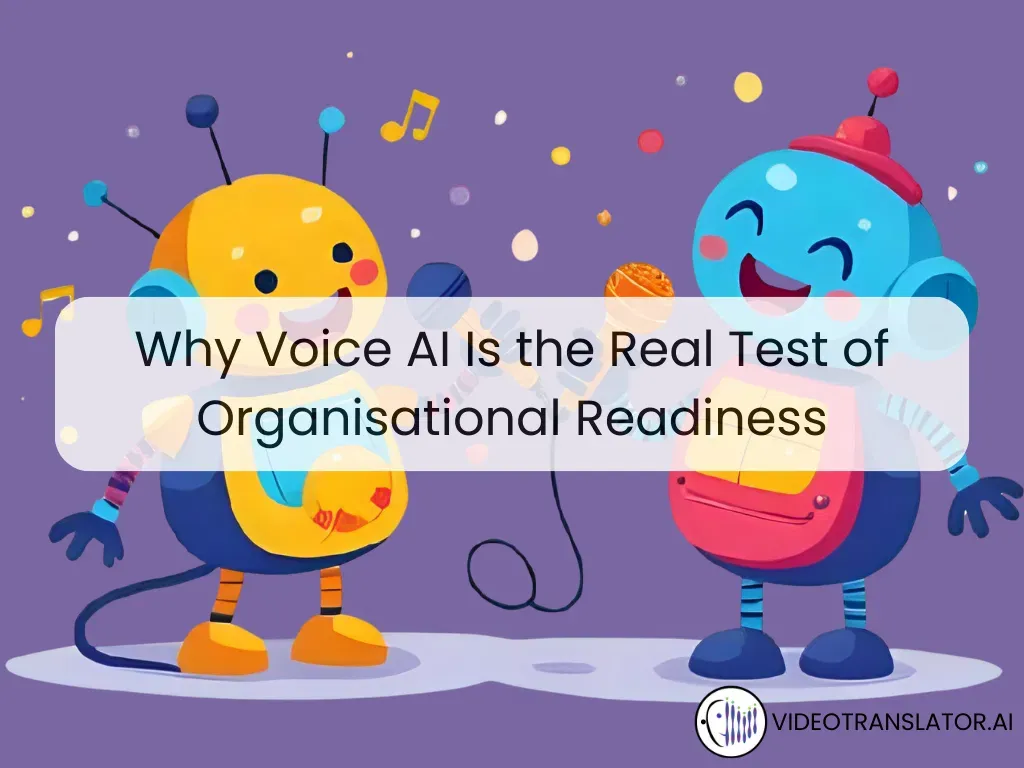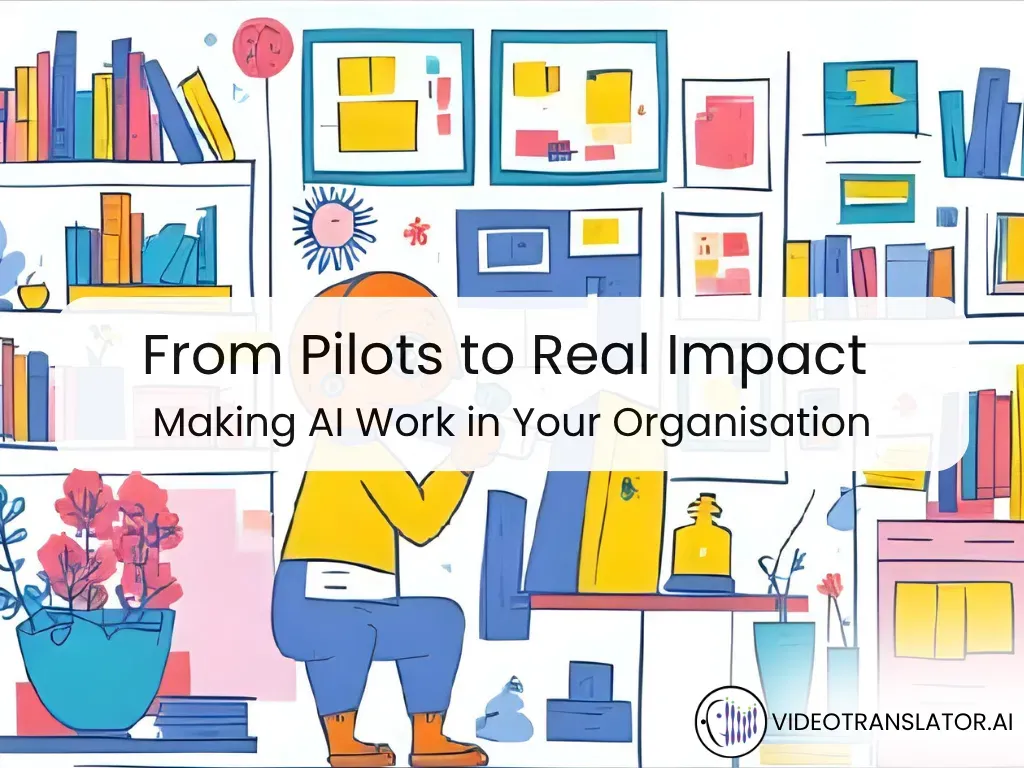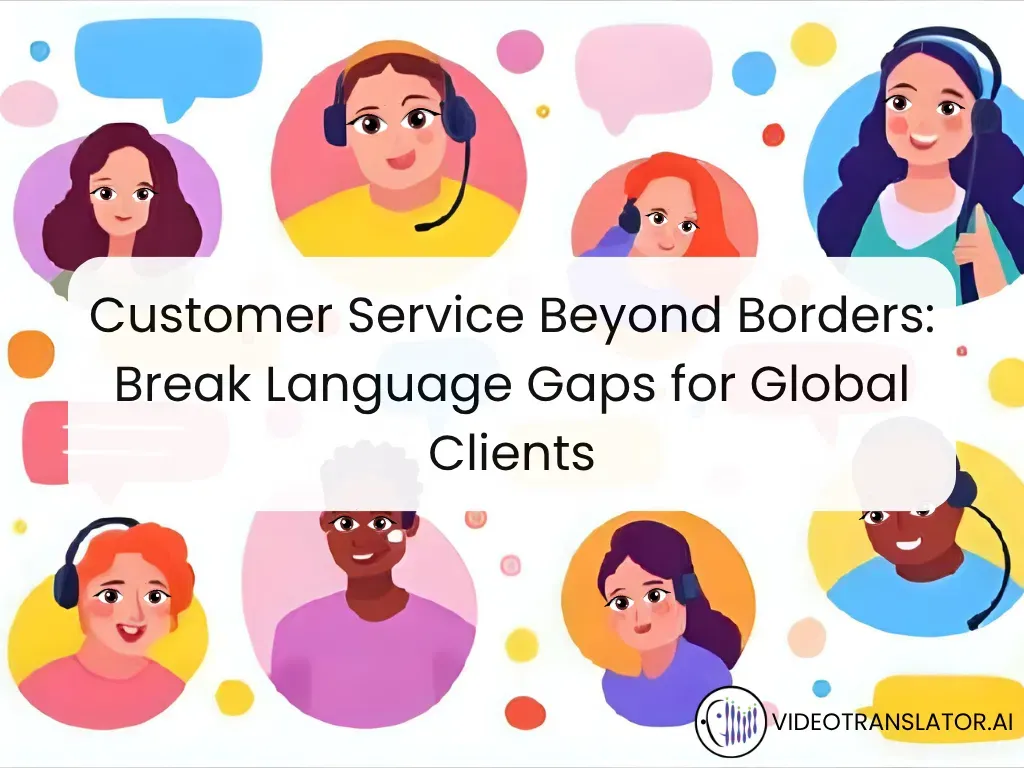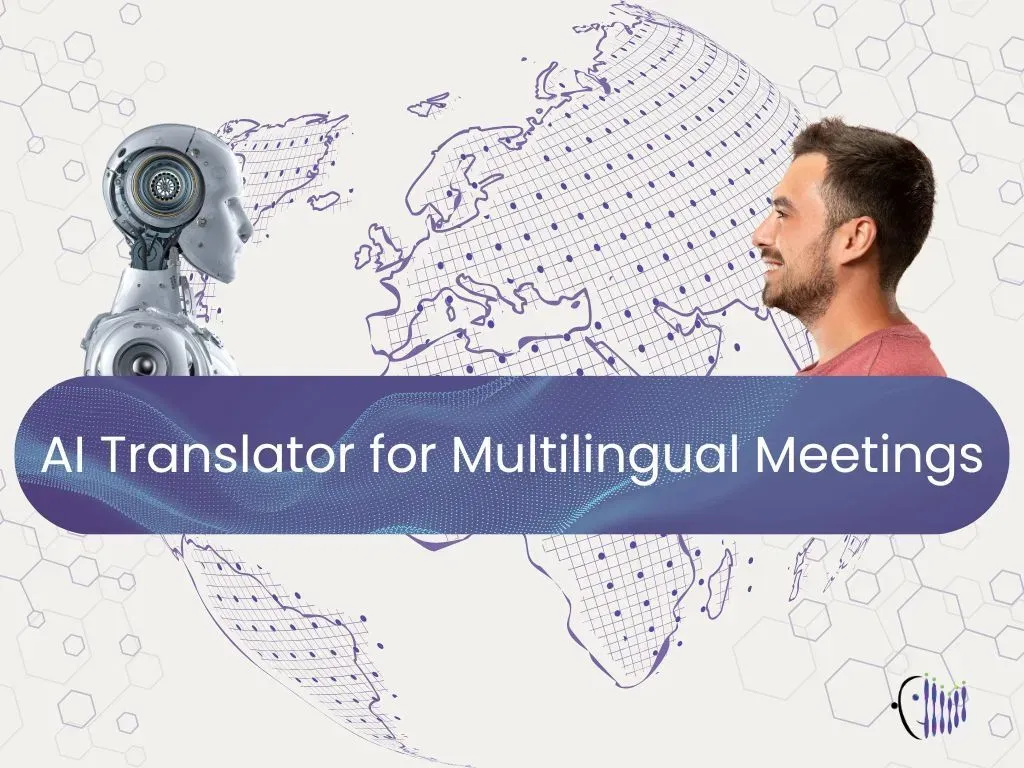The Pain of Miscommunication
In every business, communication shapes outcomes. The gap can slow decisions and weaken trust when teams and customers speak different languages.
This is especially critical in voice. Unlike text, voice happens live. A second of lag, a mistranslated word, or the wrong tone can immediately break confidence. That is why multilingual voice tools matter. They ensure conversations flow smoothly in the moment without creating new barriers.
Why Many AI Projects Stall
Here’s a hard truth: most AI pilots never scale. Research shows that up to 95% of pilots end without lasting adoption. The reason isn’t weak technology. It’s that many companies treat AI like a flashy tool rather than a workflow shift. They test features in isolation, but never embed them into daily operations.
For enterprises, the issue is even sharper. Regulations, compliance, and legacy systems create barriers that small startups don’t face. A glitch in a startup demo is forgiven. A glitch in a hospital, a bank, or a law firm can mean lawsuits or contract losses.
Voice AI highlights these constraints because it happens live. A dropped phrase, a second of lag, or a mistranslation instantly erodes trust. Unlike text, these errors cannot be patched later. Organisations that succeed with voice AI are those that redesign workflows to integrate reliability, compliance, and augmentation—making AI an assistant, not a replacement.
How Voice AI Can Work in Practice
When embedded into workflows, voice AI transforms how communication flows across organisations:
- Customer Support: Real-time transcription and translation help agents serve clients faster, in multiple languages, without losing accuracy.
- Team Meetings: Voice AI generates live captions and transcripts, ensuring that nothing gets lost and follow-ups stay clear.
- Compliance: Automated logs and summaries create records that meet industry standards, saving hours of manual reporting.
The value isn’t in the tool itself. It’s in the way it connects conversations, records, and insights into one continuous system.
Success also depends on cultural sensitivity: getting tone, formality, and dialect right so communication feels natural, not mechanical.
Why This Matters Now
Younger employees already embrace AI instinctively. Gen Z workers expect tools that reduce friction and make collaboration smoother. At the same time, senior professionals may feel threatened by automation, especially in live voice interactions where their expertise feels second-guessed.
Voice AI, when framed as augmentation, bridges both groups. It enhances human interaction instead of replacing it, and it builds trust by showing respect for human judgment.
The result is more than faster service. It’s a cultural shift where trust grows, workflows become smarter, and organisations finally capture the long-term value AI promises.
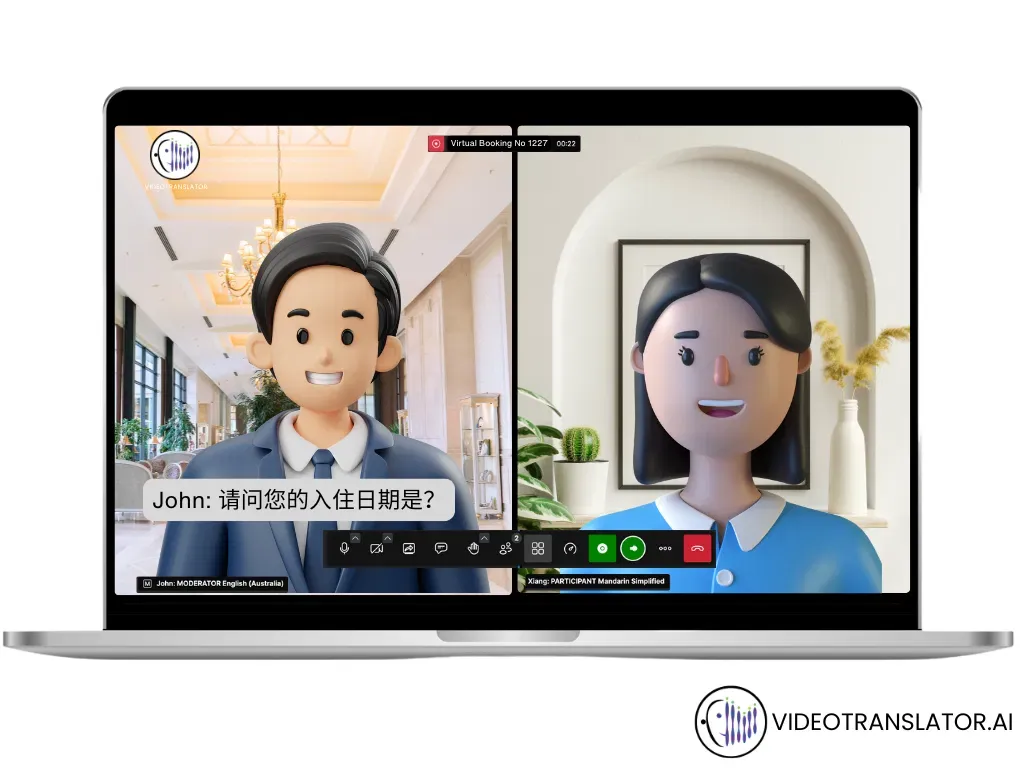 VideoTranslatorAI: Bridging Multilingual Communication with Real Time Translation and Voice-over
VideoTranslatorAI: Bridging Multilingual Communication with Real Time Translation and Voice-over
Conclusion: Turning Voice Into Real Connection
Voice AI isn’t just about technology. It’s about people understanding each other clearly, without barriers. In organisations, this means customers feel heard, teams collaborate seamlessly, and compliance teams gain reliable records.
At VideoTranslatorAI, we take this further with our multilingual communication tool. We bring real-time translation into everyday workflows through video calls, in-person translation, or multilingual broadcasts. Every word becomes clear, every participant feels included, and every organisation gains trust and efficiency.
If your business wants to move beyond pilots and into impact, the path is clear: combine voice AI with workflows that make communication global, reliable, and human. In the end, trust is the real measure of success—and that is exactly what VideoTranslatorAI delivers.
